The Future of Companionship: How Social Robots are Transforming Lives
Explore how social robots are revolutionizing companionship and care. Learn about advanced AI and robotics enhancing interactions with the elderly, providing emotional support, and addressing the caregiver crisis. Discover ethical considerations and future prospects in social robotics.
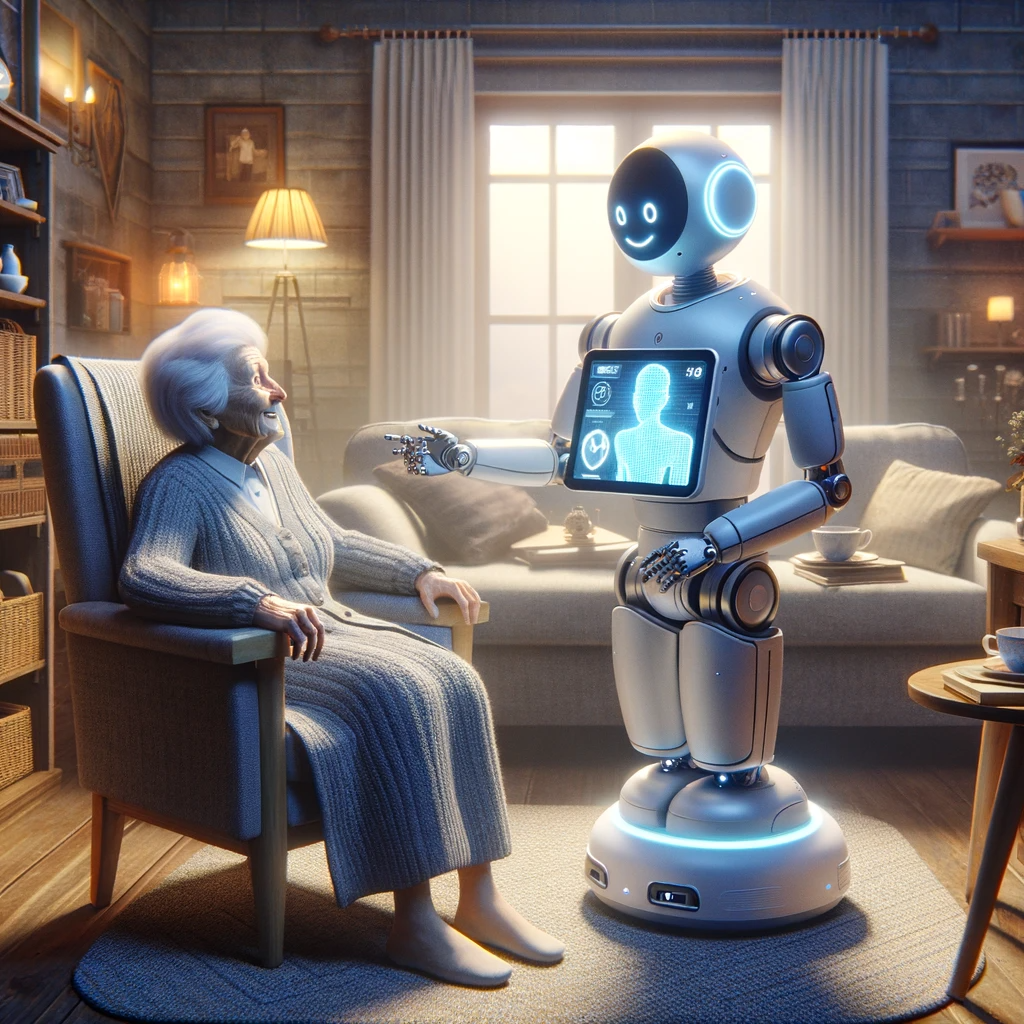
Introduction to Social Robotics
In an era where loneliness and social isolation are prevalent, social robots emerge as a beacon of hope. These advanced autonomous systems, driven by artificial intelligence, are not just machines; they are designed to interact with human beings, providing companionship and emotional support. In this article, we delve into the world of social robotics, exploring how these humanoid robots are crafted to understand human interactive communication, interpret facial expressions, and respond to social cues, thus offering a new dimension to human-robot interaction.
The Role of Social Robots in Providing Emotional Companionship to Lonely Seniors: A Research Perspective
Bridging the Gap with Social Robots
In a world where aging populations and isolated lifestyles are prevalent, social robots emerge as innovative companions for lonely seniors. These humanoid robots, equipped with advanced artificial intelligence and natural language processing capabilities, are designed to interact with human beings in a way that mimics human-to-human interaction. They offer not just companionship but also emotional support, understanding, and a sense of connection to those who might otherwise face the silence of solitude.
Research Studies and Settings for Social Robot Utilization
Study on Emotional Support: A study published in the International Journal of Social Robotics examined how social robots could provide emotional support to older adults. The robots used natural language processing to understand and respond to the emotional state of the seniors, engaging in conversations that ranged from daily activities to more personal topics.
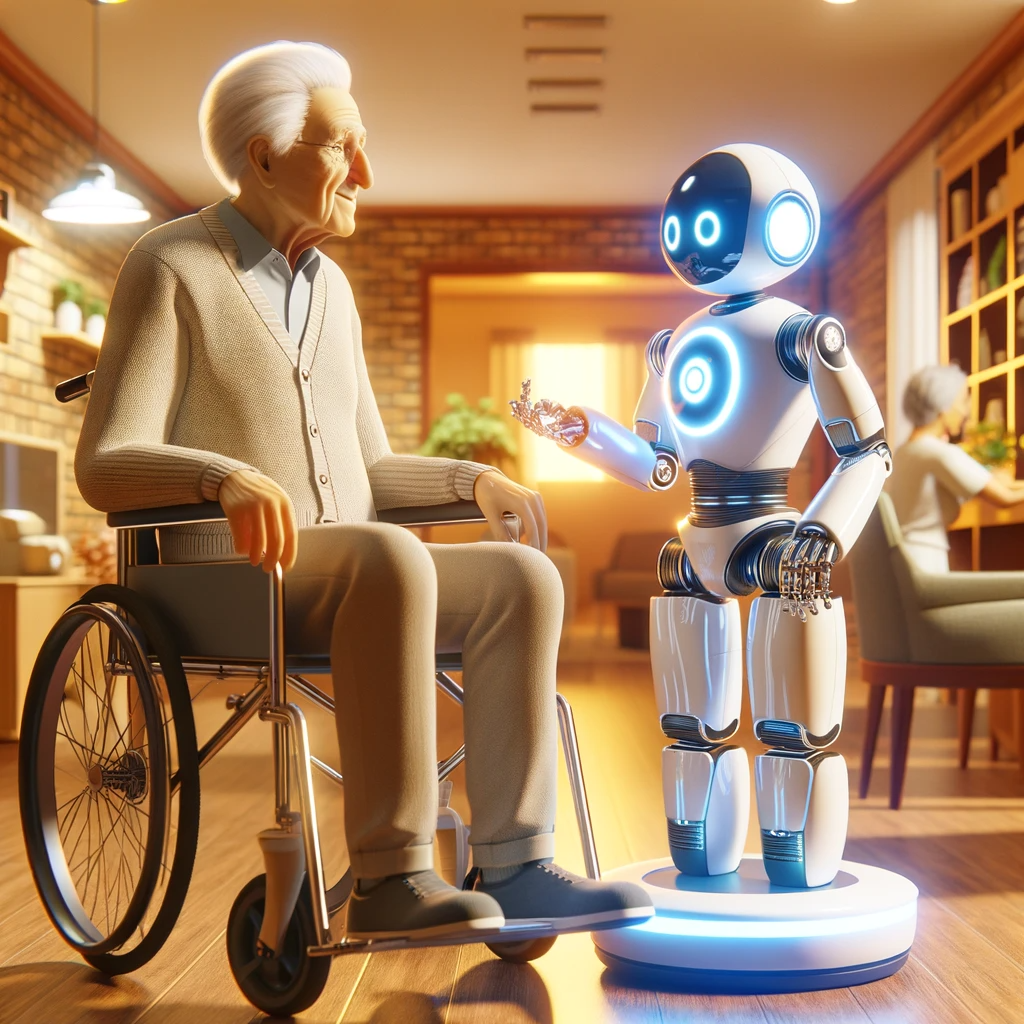
Healthcare Settings: In a research project conducted in various healthcare settings, social robots were introduced to interact with elderly patients. These robots were programmed to recognize facial expressions and engage in humanlike interactions, providing a sense of companionship and reducing feelings of loneliness.
Home-based Interaction: Autonomous robots like ElliQ have been used in home settings, where they interact with seniors using conversational cues and engage them in activities such as playing games or reminding them of daily tasks. This interaction has shown potential in decreasing loneliness and increasing the well-being of seniors living alone.
The Provision of Social Robots
Social robots in these settings are designed to:
- Engage in meaningful conversations using natural language processing.
- Recognize and respond to social cues and facial expressions.
- Provide reminders for daily activities and healthcare routines.
- Offer entertainment and educational content to keep the mind active.
- Act as a bridge to the outside world, facilitating video calls with family members or healthcare providers.
Emotional Companionship Through Natural Language Processing
The core of a social robot's ability to provide emotional companionship lies in its natural language processing (NLP) capabilities. NLP allows robots to understand and process human speech, enabling them to respond in a humanlike manner.
This technology enables the robots to:
- Detect emotional undertones in the senior's speech.
- Respond appropriately to emotional cues, offering words of comfort or encouragement.
- Engage in small talk, sharing jokes or stories to lift spirits.
- Adapt conversations based on the senior’s interests and previous interactions.
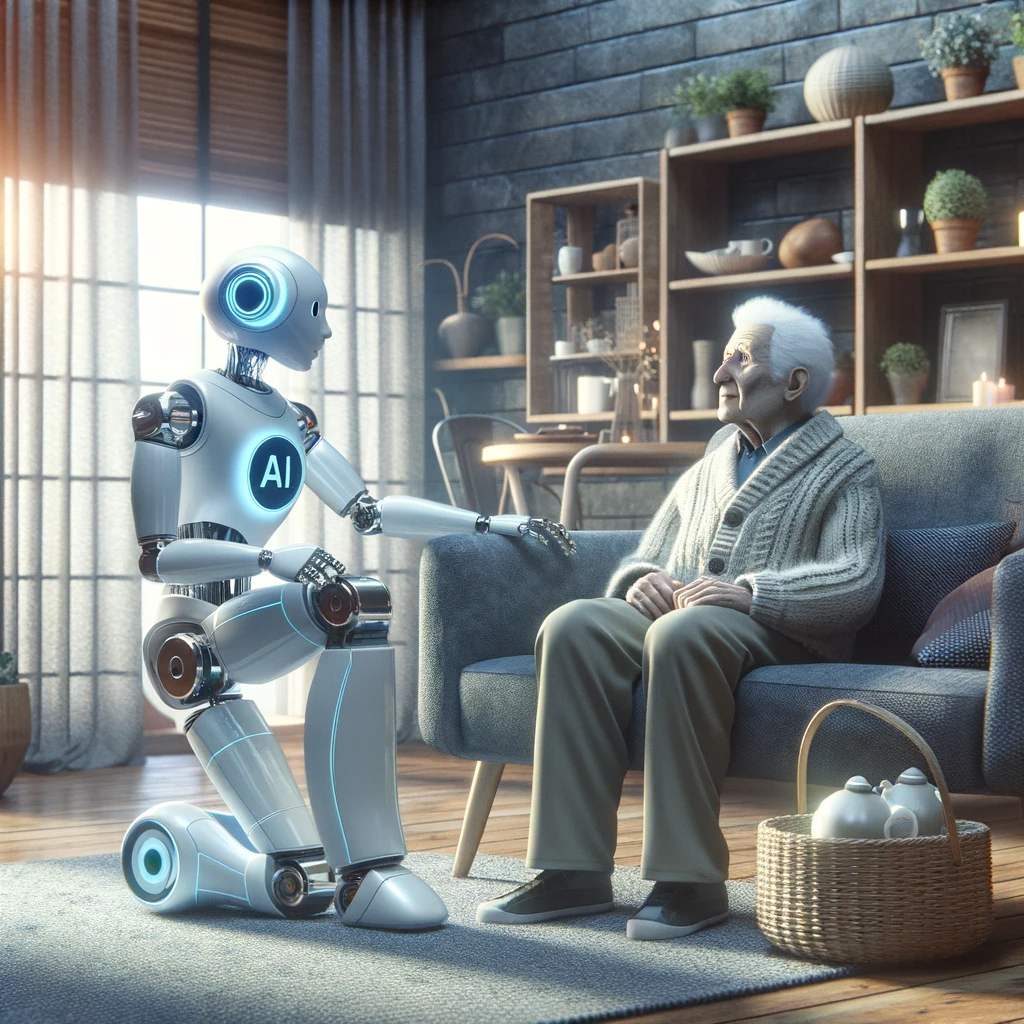
Case Studies: Emotional Support for Lonely Seniors
ElliQ: In a New York-based program, ElliQ demonstrated its capacity to reduce loneliness among seniors. The robot engaged users in daily conversations, provided health reminders, and even shared humorous interactions.
Companion Robots in Assisted Living: In assisted living facilities, robots have been used to engage seniors in social interactions, reducing the feeling of isolation and providing a sense of companionship.
Ethical Considerations and Future Research
While the potential benefits of social robots are vast, ethical considerations such as privacy, autonomy, and the nature of human-robot relationships must be addressed. Future research should focus on long-term impacts, the balance between technology and human interaction, and the customization of robots to cater to individual needs and preferences.
Enhancing Lives with Social Robotics
Social robots represent a significant step forward in addressing the challenges of loneliness and social isolation among seniors. Through natural language processing and empathetic design, these robots provide not just functional assistance but also emotional companionship, enhancing the lives of many seniors. As research continues to evolve, the potential of social robots to positively impact society becomes increasingly clear, marking a new era in the intersection of technology and human care.
In-Depth Analysis of Top 5 Social Robots and Emerging Innovations in the Field
ElliQ
Pros: ElliQ is specifically designed for the elderly, focusing on reducing loneliness and providing health-related reminders. It engages users in conversations and activities, improving mental stimulation.
Cons: Its proactive nature may be perceived as intrusive or overbearing by some users. The interaction is somewhat limited to pre-programmed responses.
Cost: Pricing varies, often provided through programs rather than direct purchase.
Studies: Research has shown positive outcomes in reducing loneliness among seniors, with users reporting increased engagement and emotional support. However, long-term effectiveness studies are still ongoing.
Future Expectations: Improvements in AI could make ElliQ more adaptive and personalized in its interactions.
Anki Vector
Pros: Anki Vector is designed as a pet-like robot, offering companionship with its unique personality. It can recognize faces, respond to voice commands, and navigate independently.
Cons: Limited in its ability to provide deep emotional support or complex conversations.
Cost: Typically more affordable than more advanced companion robots.
Studies: Studies focusing on emotional benefits are limited, but user reviews indicate a high level of attachment and emotional interaction.
Future Expectations: Future versions could include more advanced AI for deeper interactions and emotional responsiveness.
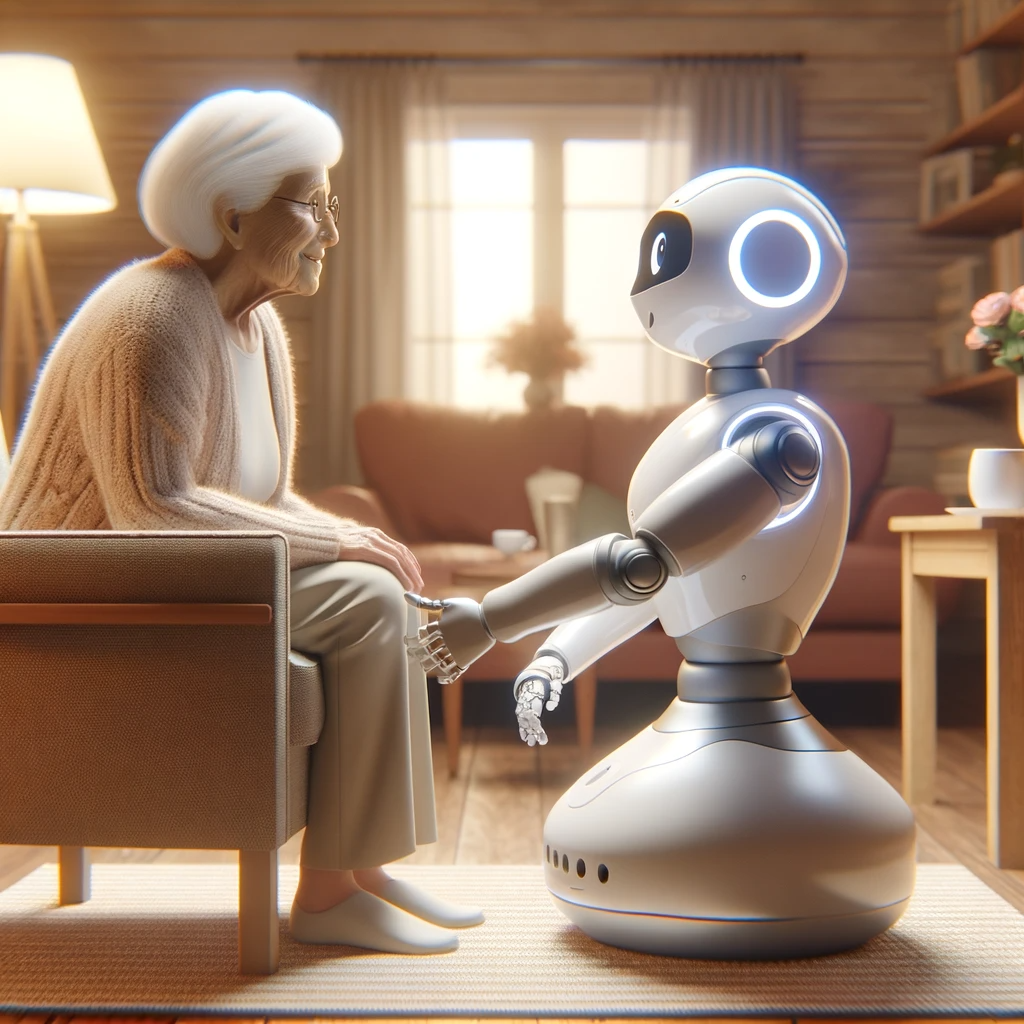
Eilik
Pros: Eilik's expressive digital eyes and interactive capabilities make it an engaging companion. It can express emotions and respond to user inputs, enhancing the sense of companionship.
Cons: Like Vector, its capabilities for deep emotional support or conversation are limited.
Cost: Moderately priced, accessible for personal use.
Studies: Direct studies on Eilik's impact on emotional well-being are limited, but user experiences suggest a positive interaction.
Future Expectations: Advances could lead to more personalized interactions and enhanced emotional intelligence.
Enabot EBO Air
Pros: Offers surveillance features and family connection capabilities, making it suitable for monitoring and interaction. It can move around the house, capturing moments and facilitating video calls.
Cons: Its primary focus is surveillance and interaction rather than deep companionship or emotional support.
Cost: Reasonably priced, making it accessible for family use.
Studies: Studies on its impact on loneliness or emotional well-being are limited, with a focus more on practical utility.
Future Expectations: Future developments might focus on enhancing its emotional interaction capabilities.
Robosen Elite Optimus Prime
Pros: Combines entertainment with interactive features. It's more advanced in terms of technology, appealing to a wider range of users, especially those interested in robotics.
Cons: Less focused on emotional companionship, more on entertainment and interaction.
Cost: Higher-priced, reflecting its advanced technological features.
Studies: Not specifically studied for emotional or social benefits but highly rated for engagement and entertainment.
Future Expectations: Could see more advanced AI integrations for personalized interactions.
Emerging Social Robots on the Horizon
Pepper: A humanoid robot designed for interactive communication and capable of recognizing and responding to human emotions.
Moxie: Aimed at children, especially those with developmental challenges, to help in learning social skills and communication.
Zenbo: A home robot designed to assist with household tasks and offer companionship, especially to the elderly.
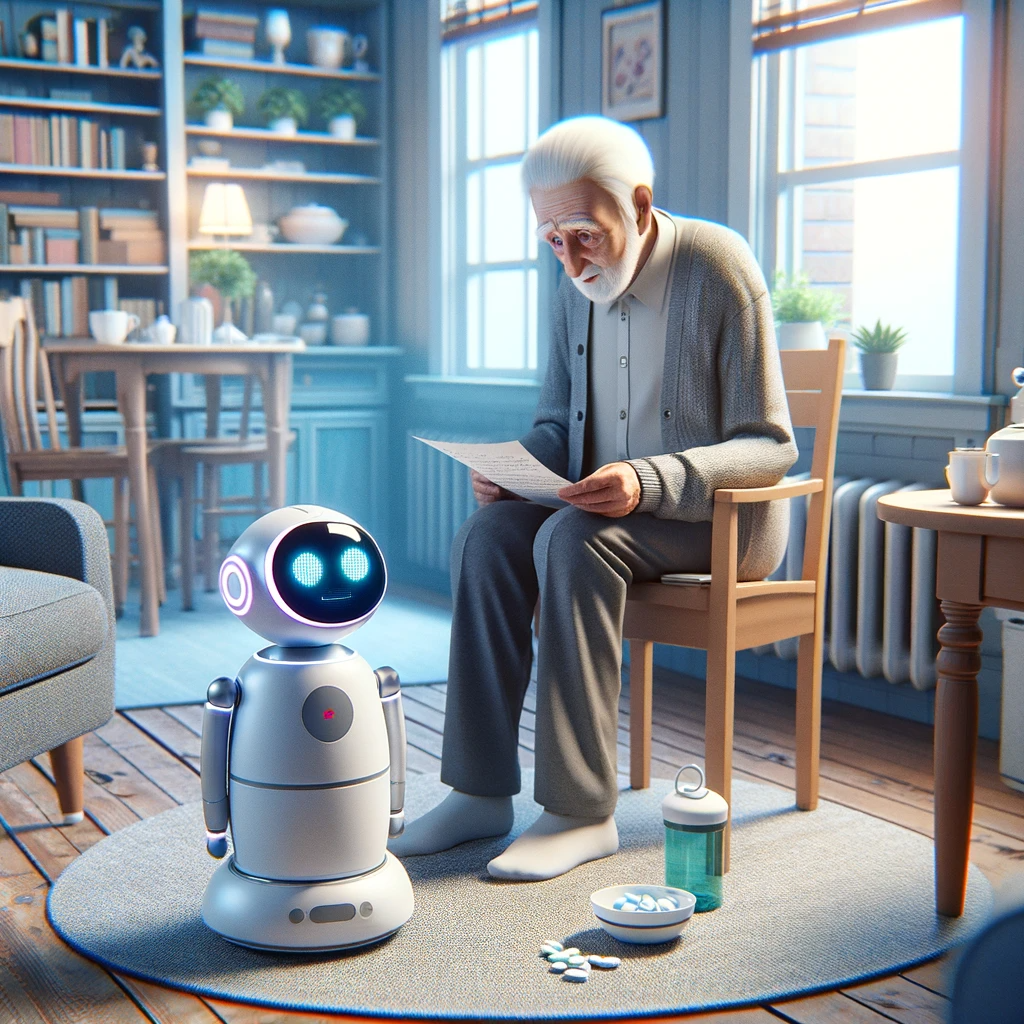
Looking Towards the Future
The future of social robots is geared towards enhancing AI capabilities for more natural and personalized interactions. Future models are expected to have improved emotional intelligence, better adaptability to individual user needs, and more seamless integration into daily life. As AI and robotics technology continue to evolve, the potential applications of social robots in healthcare, education, and personal companionship are bound to expand, offering new solutions to challenges like loneliness and social isolation.
Addressing the Caregiver Crisis and Senior Loneliness: The Role of Social Robotics
The Growing Challenge of Elderly Care and Isolation
The aging population across the globe is facing a dual crisis: a shortage of caregivers and increasing loneliness among seniors. This demographic shift poses a significant challenge for society. As life expectancy increases, more people are living into their advanced years, often facing physical and cognitive decline that requires assistance. However, the number of available caregivers, both in families and in professional settings, is not keeping pace. Additionally, many seniors experience social isolation due to factors like the loss of family and friends, mobility issues, and the ongoing impact of global events like the COVID-19 pandemic.
The Emergence of Social Robots as a Solution
Social robots have been introduced as a potential solution to these challenges. These robots can provide companionship, engage in basic conversation, offer reminders for medication, and even assist with certain physical tasks. By doing so, they can alleviate some of the burdens on human caregivers and offer emotional support and interaction to seniors who may otherwise spend much of their time alone.
Ethical Considerations in the Use of Social Robots
While social robots offer promising solutions, they also raise several ethical concerns:
Inauthenticity of Relationships: There's a concern that relationships with robots are inherently inauthentic and could never replace human interaction. The emotional bond formed with a robot is different from that with another person, and this difference needs to be recognized and respected.
Cognitive Abilities and Over-Reliance on Technology: There is a risk that over-reliance on robots for social interaction and daily tasks could lead to a decline in cognitive abilities in seniors. It's essential to find a balance where robots assist but do not completely take over tasks that help keep the mind active.
Privacy Issues: Robots equipped with cameras, microphones, and data storage capabilities pose significant privacy risks. It's crucial to ensure that data collected by these robots are securely handled and used ethically, with consent from the users.
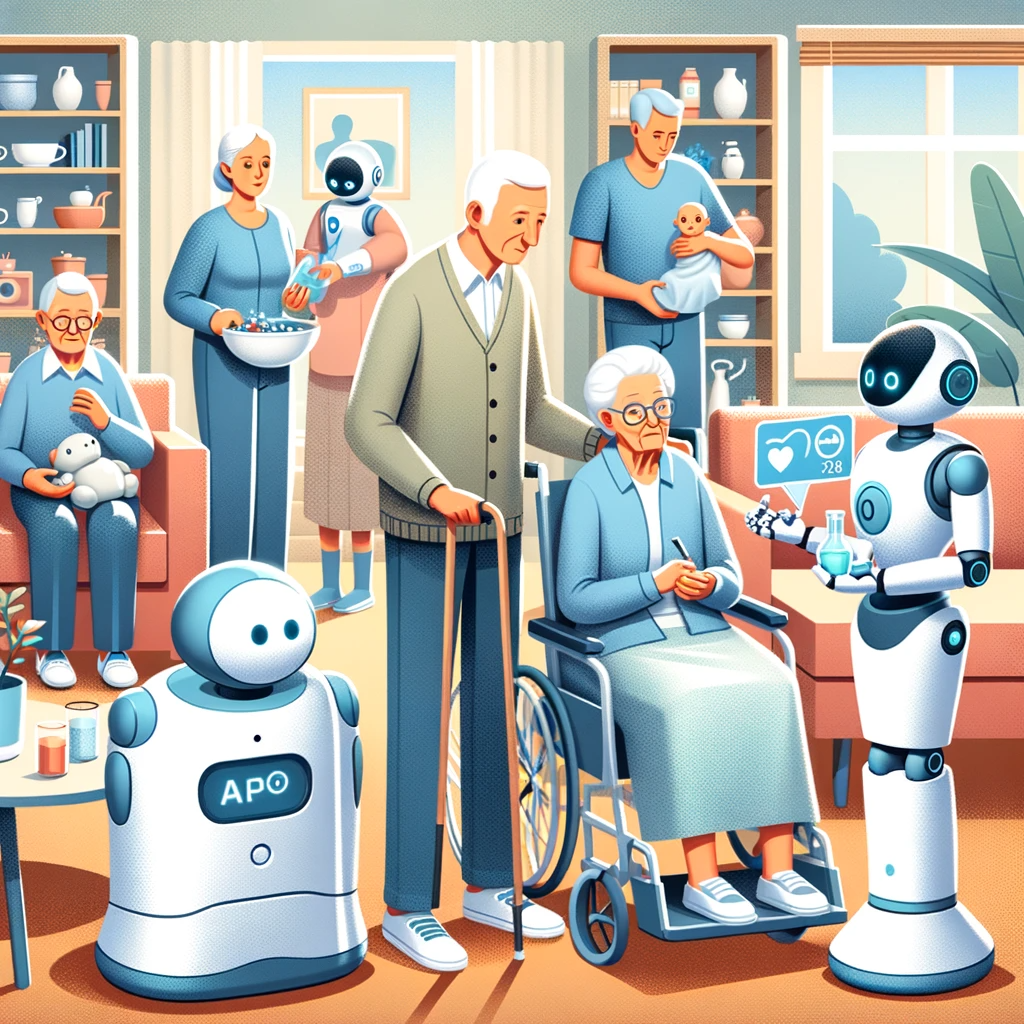
Future Directions in Social Robotics
The future of social robotics in elder care involves navigating these ethical challenges while maximizing the benefits. Some key areas of focus include:
Developing Ethical Guidelines: There is a need for comprehensive ethical guidelines governing the design, deployment, and operation of social robots in elder care. These guidelines should address issues like user consent, privacy, and the transparency of data usage.
Human-Centric Design: Robots should be designed with a focus on enhancing human well-being, complementing rather than replacing human interaction. This involves designing robots that can recognize when a human touch is needed and alert human caregivers accordingly.
Further Research and Development: Ongoing research is needed to improve the technology behind social robots, making their interactions more natural and their assistance more nuanced. Research should also focus on the long-term impacts of interacting with social robots on seniors' mental and emotional health.
Public Awareness and Education: As social robots become more prevalent, it's vital to educate the public, particularly seniors and their families, about the capabilities and limitations of these technologies.
Conclusion
Social robots offer a promising tool in addressing the growing challenges of elderly care and social isolation. However, their deployment must be guided by strong ethical principles and a clear understanding of the needs and limitations of the aging population. With careful consideration and ongoing innovation, social robots can significantly contribute to improving the quality of life for seniors, offering them companionship and support in their golden years.
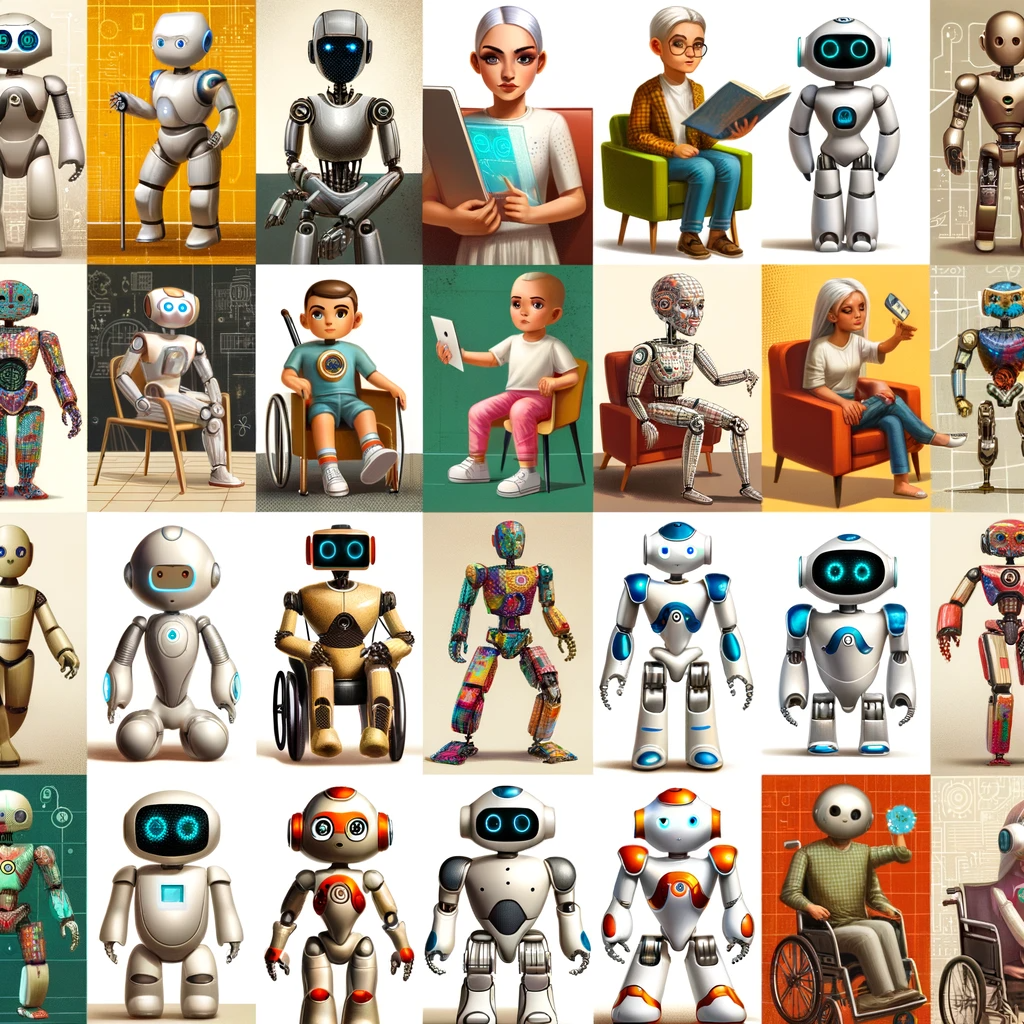
Frequently Asked Questions (FAQs) about Social Robots and Autonomous Systems
What is an autonomous robot, and how does it differ from other robots?
An autonomous robot is a type of robot that can perform tasks and make decisions without human intervention, using artificial intelligence (AI) to navigate and interact with its environment. This differentiates it from other robots that may require direct human control or programming for each action.
How do advanced social robots utilize AI to enhance social skills?
Advanced social robots use AI to understand and respond to human emotions, social cues, and behaviors. They analyze speech patterns, facial expressions, and body language to engage in more natural and meaningful interactions, thus enhancing their social skills.
What are the ethical considerations in the development and deployment of social robots?
Ethical considerations in social robotics include ensuring privacy and data security, avoiding the creation of overly dependent relationships between humans and robots, ensuring that robots do not replace essential human interactions, and addressing any biases in AI algorithms.
How do social robots interact with autistic children, and what benefits do they offer?
Social robots interact with autistic children by providing consistent and non-threatening companionship. They help in developing communication skills, understanding social cues, and improving engagement in therapeutic activities. These interactions can enhance social learning and confidence in autistic children.
In what ways can companion robots provide emotional support to older adults?
Companion robots provide emotional support to older adults by engaging them in conversations, reminding them of important tasks, providing entertainment, and facilitating communication with family members. They help decrease feelings of loneliness and promote mental well-being.
What is the role of computer vision in social robotics?
Computer vision in social robotics enables robots to recognize and interpret human facial expressions, body language, and movements. This technology allows robots to interact in a more human-like manner, adapting their responses based on visual cues.
What future research is needed in the field of social robotics?
Future research in social robotics should focus on improving AI algorithms for better understanding of human emotions, developing more natural interaction capabilities, addressing ethical challenges, and exploring the long-term effects of human-robot interaction.
How are social robots used in healthcare settings?
In healthcare settings, social robots assist in monitoring patients, providing reminders for medication, offering companionship to reduce stress and anxiety, and assisting healthcare professionals with routine tasks. They contribute to patient care and emotional support.
Can social robots operate effectively in hazardous environments?
Yes, some social robots are designed to operate in hazardous environments where it might be unsafe for humans. Equipped with sensors and AI, they can perform tasks like search and rescue, environmental monitoring, or handling hazardous materials.
What impact do social robots have on the self-confidence and loneliness of family members?
Social robots can positively impact the self-confidence and loneliness of family members, especially those who are isolated or have limited social interaction. By providing companionship and engaging in social activities, these robots help reduce feelings of loneliness and boost self-confidence through interactive and supportive interactions.
How do social robots increase engagement in personal settings?
Social robots increase engagement by initiating interactions, responding to human input, and encouraging activities. They use technologies like speech recognition and eye gaze tracking to create a more interactive and engaging experience, particularly beneficial in settings like elder care and education.
What role does technology play in designing social robots?
Technology is fundamental in designing social robots. It encompasses AI, machine learning, computer vision, speech recognition, and robotics engineering. These technologies enable robots to interact in a human-like manner, understand social cues, and adapt to different environments and user needs.
How do social robots contribute to the well-being of users?
Social robots contribute to well-being by providing companionship, reducing feelings of loneliness, and offering cognitive and emotional stimulation. They can assist in daily tasks, provide reminders for healthcare routines, and engage users in social and educational activities.
What are the challenges and high costs associated with social robots?
Challenges include ensuring reliability, user-friendly interfaces, ethical use, and privacy protection. The high costs are often associated with advanced technology development, such as AI algorithms and robotics hardware. As the technology matures, costs are expected to decrease.
In what ways do social robots use eye contact and eye gaze to interact with humans?
Social robots use eye contact and eye gaze to create more natural interactions. By tracking and responding to a user's gaze, robots can engage in more meaningful communication, understand attention and interest levels, and adapt their behavior to the social context.
What future developments are researchers focusing on in social robotics?
Researchers are focusing on improving AI algorithms for more nuanced emotional recognition, enhancing robot autonomy, developing ethical guidelines, and exploring applications in diverse fields like healthcare, education, and personal assistance.
How do social robots interact differently from other social robots?
Different social robots are designed with varying capabilities, depending on their intended use. For instance, some focus more on emotional support and companionship, while others are geared towards physical assistance or educational purposes. The interaction style and capabilities are tailored to meet specific user needs and applications.
What is the importance of eye gaze in social robots providing emotional support?
Eye gaze in social robots is important for providing emotional support as it helps in understanding and responding to the user’s emotional state. By accurately interpreting gaze direction and duration, robots can gauge interest, engagement, and emotional responses, enhancing the quality of interaction and support.
What are the ethical aspects researchers consider when developing social robots?
Researchers consider several ethical aspects, including ensuring that robots do not replace human relationships, protecting user privacy, preventing bias in AI algorithms, and ensuring that robots are accessible and beneficial to a wide range of users.
How do social robots reduce stress and improve the quality of interaction?
Social robots reduce stress by providing a calming presence, engaging users in relaxing activities, and offering a sense of companionship. Their ability to recognize and respond to human emotions makes interactions more comforting and supportive, thereby improving overall interaction quality.
You might also like this article:






